
Culture
18:40, 30-Sep-2018
Inside the traditional earthen buildings
Updated
17:53, 03-Oct-2018
CGTN
02:38
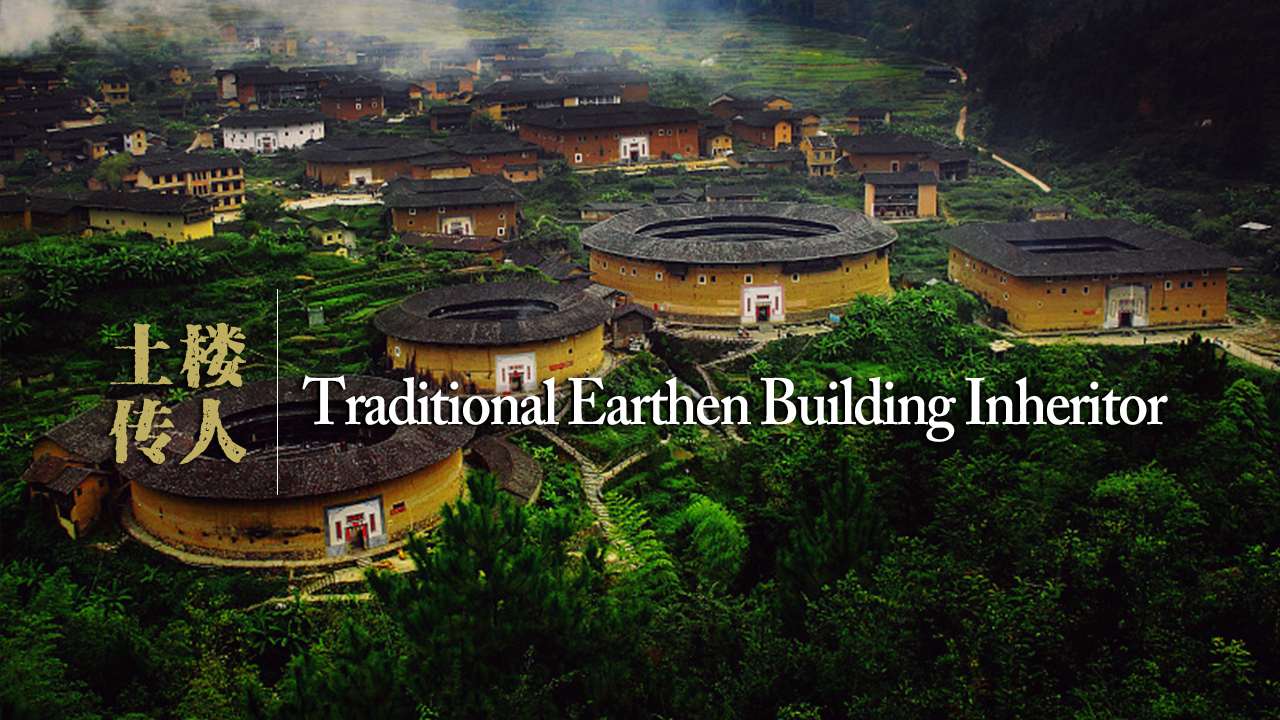
Listed as a World Cultural Heritage in 2008, tulou or earthen buildings are unique rural dwellings in the mountainous area in east China's Fujian Province.
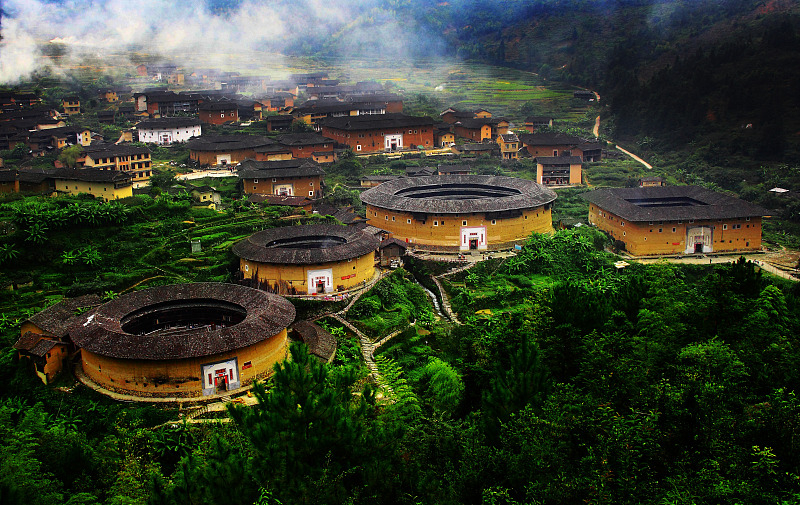
Photo courtesy of VCG
Photo courtesy of VCG
The buildings emerged in the Song (960-1279) and Yuan (1271-1368) dynasties, and took their current shapes in the Ming (1368-1644) and Qing (1616-1912) dynasties. Some of the Hakka and Hoklo people still live in the tulou. The buildings were originally for Hakka families to live together and defend against the invaders. They evolved from local mountain strongholds, most of which took a circular structure. The main building material was made up of red earth that could be obtained locally.
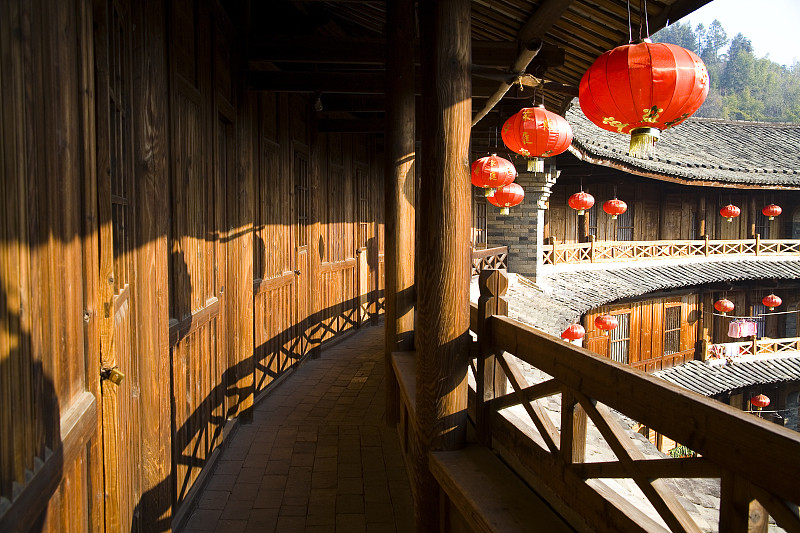
Photo courtesy of VCG
Photo courtesy of VCG
Despite the typical circular shape, some tulou have other appearances.
The largest tulou in Hongkeng Village, Longyan City, Fujian Province looks like a mansion, with its splendid decorations. It was established by three brothers from the Lin family back in 1880. The construction finished 3 years after and it covered an area of 7000 square meters. The building takes the shape of three mountains, a symbolic figure of the three brothers.

CGTN Photo
CGTN Photo
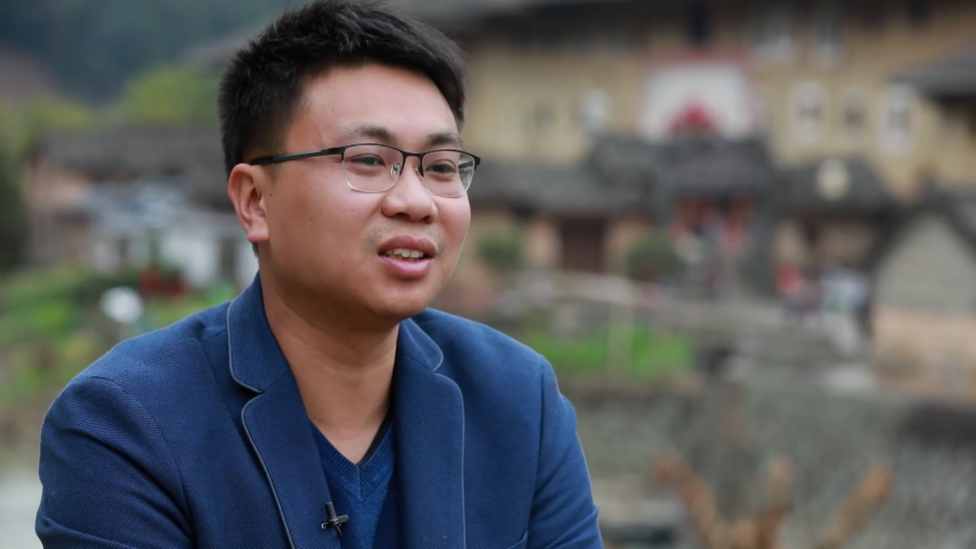
CGTN Photo
CGTN Photo
Lin Jianwen is currently the sixth generation owner of this building. In peak time, there are 200 people from 27 families living in it. "Our ancestors taught us many virtues such as harmony within family and neighborhood," said Lin. "I used to hold a bowl of rice and wander in the corridors looking for snacks. There was more than enough for me."

CGTN Photo
CGTN Photo
Before inheriting the tulou, Lin used to work in cities like Dongguan and Xiamen like other migrant workers from his hometown. "I would say that the world outside is far more attractive than this earthen building."
Previously most of the tulou inhabitants were local people, with very few outsiders, before tourism began to prosper. "The older generations used to work in the fields. They hoped their children would find a better future outside," said Lin.
Most of the earthen buildings have been developed since it was put on the List, and the amount of tourists rose drastically. Lin also went back home and inherited the building, turning it into a homestay hostel. He runs the business with his family and takes good care of the visitors.
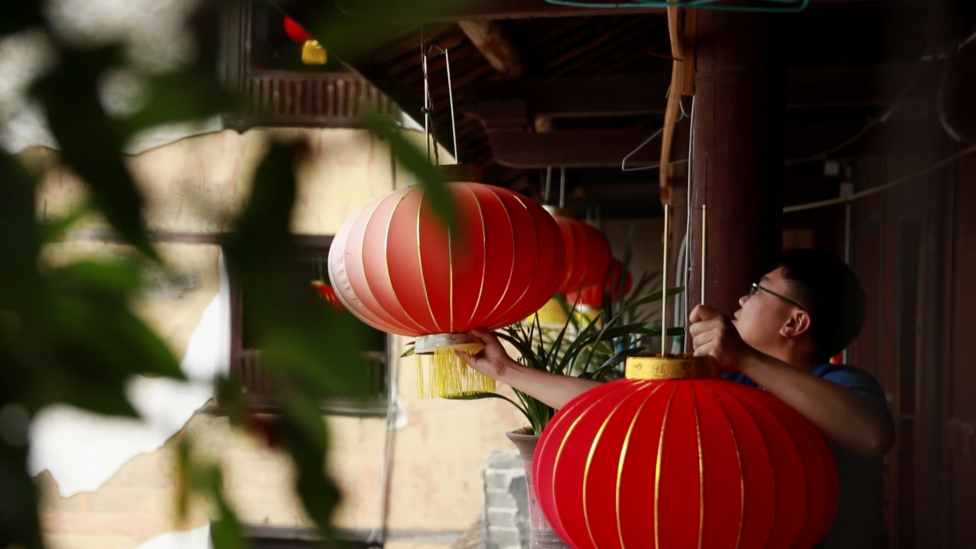
CGTN Photo
CGTN Photo
Growing up in the friendly atmosphere of tulou, Lin treats the customers like family, too. Beside the accommodations, he voluntarily helps tourists in need by planning routes, arranging guides and buying train tickets for them.
Many tourists love to highlight their friendship with Lin while sharing their trips on the Internet. They praise his hospitality and recommend the hostel willingly to others. Welcoming tourists from all over the world makes Lin's life more colorful in the village.

CGTN Photo
CGTN Photo
"I want my children to learn the Hakka dialect and local customs. It'll be their responsibility to bear the torch," said Lin.

SITEMAP
Copyright © 2018 CGTN. Beijing ICP prepared NO.16065310-3
Copyright © 2018 CGTN. Beijing ICP prepared NO.16065310-3